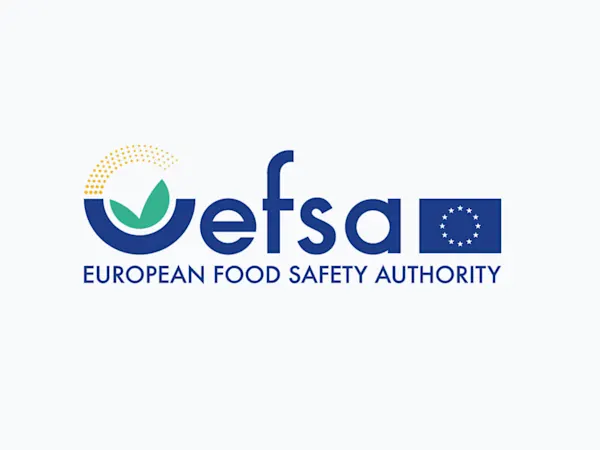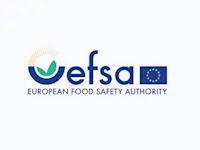
EFSA Seeks Feedback on Overhaul of Weight of Evidence and Biological Relevance Guidance
EFSA launches consultation on updating its Weight of Evidence and Biological Relevance guidance, aiming to streamline chemical risk assessment practices.


A new report by the European Environment Agency (EEA) warns that the widespread use of per- and polyfluoroalkyl substances (PFAS) in textiles is a significant obstacle to Europe’s circular economy. Released in September 2024, the report details how PFAS, often used for water and stain resistance, not only harm the environment but also impede recycling and reuse initiatives critical to the EU’s sustainability goals.
The EEA's briefing, based on the consultancy report An Assessment on PFAS in Textiles in Europe's Circular Economy, highlights the far-reaching consequences of PFAS use in the textile industry. PFAS are used in over a third of all textiles produced in the EU, including clothing, home textiles, and technical applications such as firefighting gear. The chemicals' persistence and toxic nature make them highly problematic, as they accumulate in ecosystems and pose long-term health risks to humans and wildlife.
Textiles are one of the largest contributors to PFAS pollution, accounting for 35% of global demand for these chemicals. The EEA’s report stresses that while some PFAS are already banned in the EU, many continue to be used, especially in imported textiles from countries with less stringent regulations.
The EEA report points to the incompatibility of PFAS-laden textiles with circular economy practices. Europe’s ambition to extend the lifespan of textiles through reuse, recycling, and waste reduction is hampered by the risk of PFAS contamination. When textiles containing these chemicals enter recycling streams, PFAS are reintroduced into new products, perpetuating the cycle of environmental harm.
According to the EEA, current recycling methods are inadequate for dealing with PFAS-contaminated textiles. Furthermore, the export of used textiles to other regions, such as Africa and Asia, spreads the problem globally, as these areas often lack proper waste management systems, leading to further contamination.
The EEA underscores the health implications of PFAS exposure, which include weakened immune systems, endocrine disruption, and a higher risk of developing cancer. The agency highlights findings from the Human Biomonitoring for Europe initiative (HBM4EU), which found that 14.3% of European teenagers tested had PFAS levels in their blood exceeding health-based guidance. PFAS can be released into the environment through various stages of the textile lifecycle—from production and washing to disposal, entering soil and water systems.
The EEA calls for immediate action to reduce PFAS use in textiles and urges the adoption of sustainable alternatives where possible. The report notes that for many consumer and professional textiles, non-PFAS alternatives are available and should be implemented across the industry. However, for specific technical textiles, such as personal protective equipment, alternatives are still under development.
In addition to promoting alternatives, the EEA emphasizes the need for improved textile waste management systems. The agency supports the EU’s upcoming mandate for separate textile waste collection in 2025, and it advocates for better sorting technologies that can identify and segregate PFAS-containing textiles.
The EEA’s report aligns with the EU’s broader regulatory framework, including the Chemicals Strategy for Sustainability and the proposed universal PFAS restriction under the REACH regulation. If approved, this restriction would significantly reduce the use of PFAS across the textile supply chain.
France and Denmark are already pushing ahead with national bans on PFAS in textiles, which could serve as models for wider European regulation. The report also highlights the European Commission’s commitment to addressing PFAS as part of its Political Guidelines for 2024-2029, which focus on transitioning to a toxic-free environment.
Foresight continuously tracks 1000s of sources and maps updates to your portfolio:




EFSA launches consultation on updating its Weight of Evidence and Biological Relevance guidance, aiming to streamline chemical risk assessment practices.

The Netherlands refines its list of potential ZZS chemicals to better align with EU assessments, boosting early detection and regulatory foresight.

Germany's CONMAR-Impact study sets new environmental quality standards for TNT in marine ecosystems, raising industry-wide compliance questions.
Subscribe to Foresight Weekly and get the latest insights on regulatory changes affecting chemical compliance.
Free forever. Unsubscribe anytime.
Read by professionals at